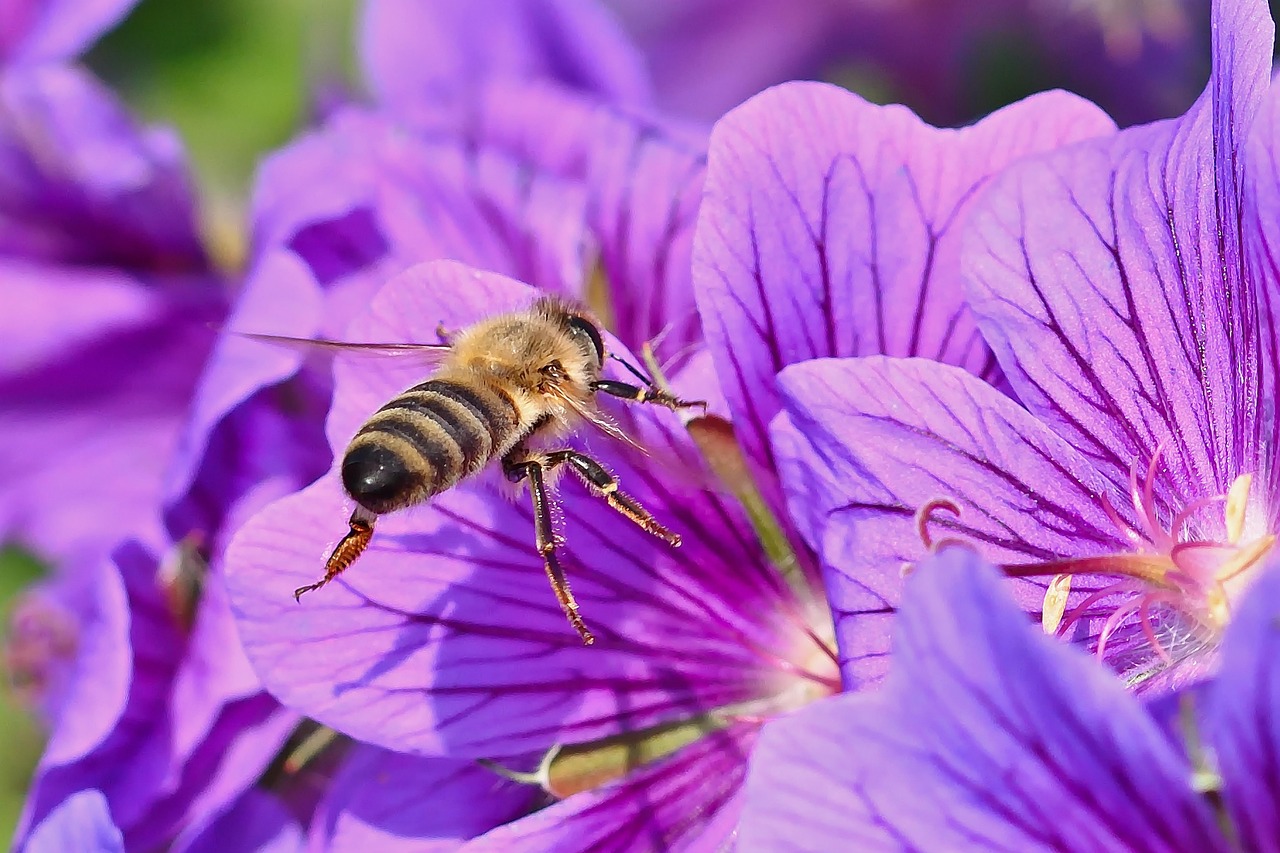
403
Sorry!!
Error! We're sorry, but the page you were looking for doesn't exist.
Europe’s wild bees, butterflies head toward extinction
(MENAFN) Europe’s wild bees and butterflies are facing an escalating extinction crisis, according to a major new conservation assessment that warns urgent intervention is needed to protect these essential pollinators.
The latest update to the International Union for Conservation of Nature (IUCN) Red List paints a troubling picture of biodiversity loss across the continent, showing a sharp increase in the number of species now considered endangered.
Nearly 100 additional wild bee species have been added to the threatened category since the last evaluation, bringing the total to 172 out of 1,928 species assessed — meaning one in ten of Europe’s wild bee species is now at risk of extinction. In 2014, the number was just 77, underscoring the steep decline over the past decade.
The IUCN also reported that over 20% of bumblebee and cellophane bee species are currently threatened. This includes 15 species of bumblebees, vital for pollinating crops such as peas, beans, and clover, and 14 species of cellophane bees, which play an important role in pollinating wildflowers and trees like red maples.
The crisis is not limited to bees. Europe’s butterflies are also under severe pressure, with 65 out of 442 species — roughly 15% — now facing extinction, compared to 37 species in 2010. More alarmingly, more than 40% of butterfly species found exclusively in Europe are now either threatened or on the verge of becoming so.
Conservation experts warn that these findings depict a “dire” situation for Europe’s pollinators. The continued decline of bees and butterflies poses a serious threat not only to natural ecosystems but also to agriculture and food security, as these insects are critical for crop pollination and the overall health of the environment.
Environmental groups are urging European governments to expand habitat protection, reduce pesticide use, and invest in conservation programs to prevent a collapse of pollinator populations that could have far-reaching consequences for biodiversity and human livelihoods alike.
The latest update to the International Union for Conservation of Nature (IUCN) Red List paints a troubling picture of biodiversity loss across the continent, showing a sharp increase in the number of species now considered endangered.
Nearly 100 additional wild bee species have been added to the threatened category since the last evaluation, bringing the total to 172 out of 1,928 species assessed — meaning one in ten of Europe’s wild bee species is now at risk of extinction. In 2014, the number was just 77, underscoring the steep decline over the past decade.
The IUCN also reported that over 20% of bumblebee and cellophane bee species are currently threatened. This includes 15 species of bumblebees, vital for pollinating crops such as peas, beans, and clover, and 14 species of cellophane bees, which play an important role in pollinating wildflowers and trees like red maples.
The crisis is not limited to bees. Europe’s butterflies are also under severe pressure, with 65 out of 442 species — roughly 15% — now facing extinction, compared to 37 species in 2010. More alarmingly, more than 40% of butterfly species found exclusively in Europe are now either threatened or on the verge of becoming so.
Conservation experts warn that these findings depict a “dire” situation for Europe’s pollinators. The continued decline of bees and butterflies poses a serious threat not only to natural ecosystems but also to agriculture and food security, as these insects are critical for crop pollination and the overall health of the environment.
Environmental groups are urging European governments to expand habitat protection, reduce pesticide use, and invest in conservation programs to prevent a collapse of pollinator populations that could have far-reaching consequences for biodiversity and human livelihoods alike.

Legal Disclaimer:
MENAFN provides the
information “as is” without warranty of any kind. We do not accept
any responsibility or liability for the accuracy, content, images,
videos, licenses, completeness, legality, or reliability of the information
contained in this article. If you have any complaints or copyright
issues related to this article, kindly contact the provider above.


















Comments
No comment